France’s diverse landscape offers paragliding enthusiasts an extraordinary playground of peaks, valleys, and coastal cliffs. From the towering Alps to the sun-drenched Mediterranean coast, each location presents unique flying conditions and breathtaking perspectives that simply can’t be matched from the ground.
Here is a list of 20 remarkable paragliding locations across France, each offering its own spectacular aerial views and flying experiences.
Chamonix Mont-Blanc

The Chamonix valley stands as a paragliding paradise, offering flights with direct views of Mont Blanc, Western Europe’s highest peak. Launching from Plan Praz at 6,500 feet provides access to reliable thermal conditions and approximately 3,400 feet of height difference for extended flights.
The site attracts pilots year-round, though summer brings the most stable conditions, with morning and evening flights being particularly popular. The snowy peaks, glaciers, and dense alpine forests create a constantly changing tapestry of colors and textures below.
Annecy Lake
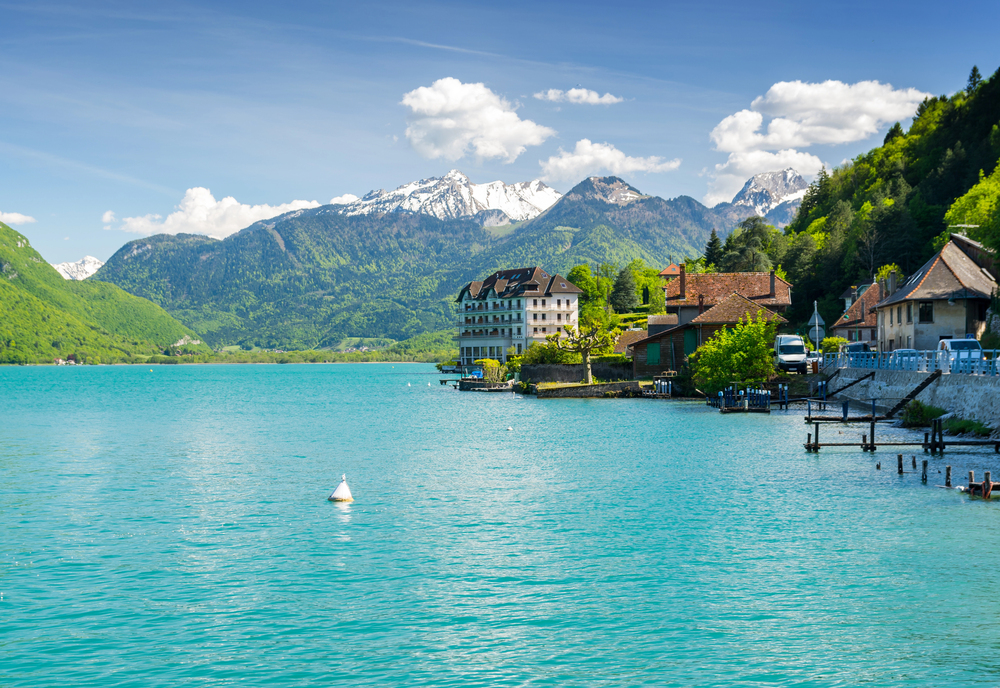
Often called the paragliding capital of France, Annecy combines mountain and lake views in a single flight. The take-off site at Col de la Forclaz sits 4,500 feet above the crystal-clear lake, offering consistent thermal conditions throughout the flying season.
Pilots soar alongside the limestone cliffs of the Aravis range while taking in views of Europe’s cleanest lake. The medieval town of Annecy adds a historical element to the stunning natural backdrop, especially beautiful during sunset flights.
Like Travel Pug’s content? Follow us on MSN.
Saint-Hilaire du Touvet
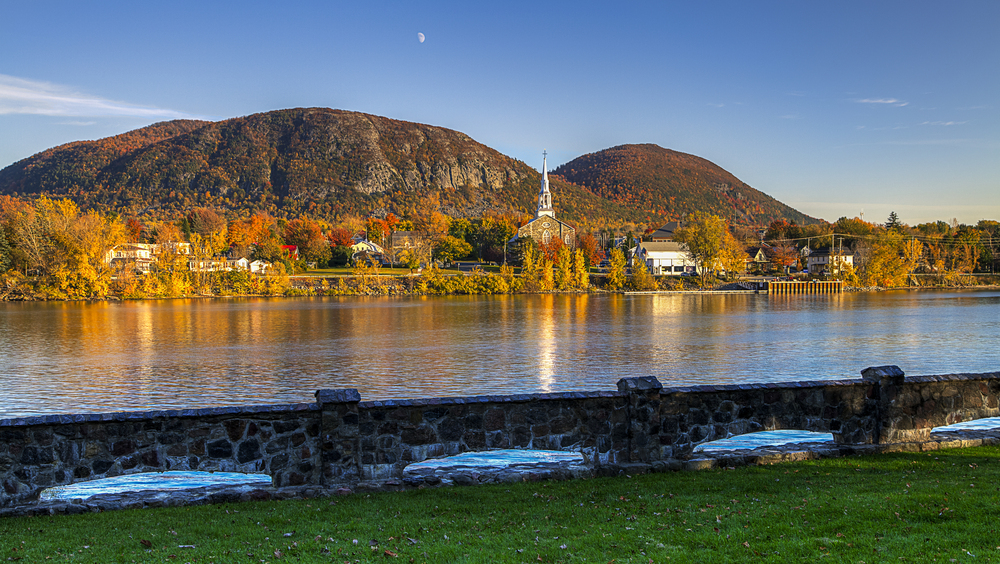
The birthplace of French paragliding, Saint-Hilaire offers a flying experience steeped in history and natural beauty. The launch site sits at 4,100 feet along the eastern edge of the Chartreuse Mountains, providing sweeping views of the Grenoble Valley and the distant Alps.
Reliable weather patterns make this spot suitable for pilots of varying skill levels, with autumn bringing particularly stable conditions. The site hosts the annual Coupe Icare festival, the world’s largest free-flight event.
The mountain railway that carries pilots to the launch site adds a touch of vintage charm to the modern sport.
Millau
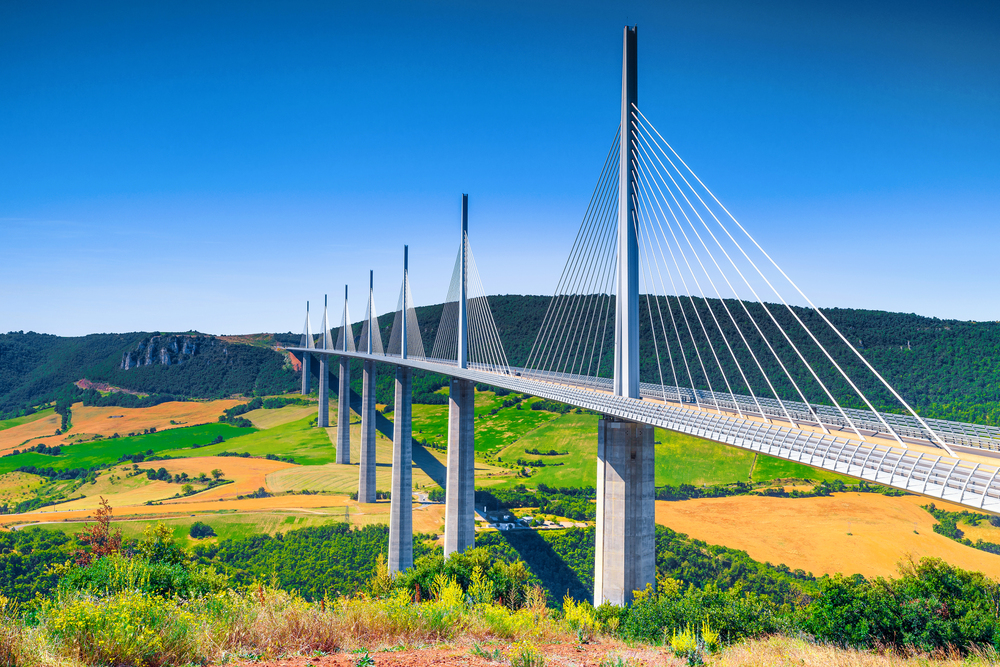
Soaring above the Tarn Valley, Millau offers pilots views of the world’s tallest bridge, the Millau Viaduct. The region’s unique geography creates excellent thermal conditions, with flights possible nearly 300 days per year.
Launch sites dot the surrounding plateaus, with Brunas being the most popular at 2,800 feet above the valley floor. The limestone cliffs and deep gorges create dramatic shadows and light effects throughout the day.
The medieval village of Peyre below provides a stunning foreground to the vast Causses and Cévennes landscape.
Col du Galibier
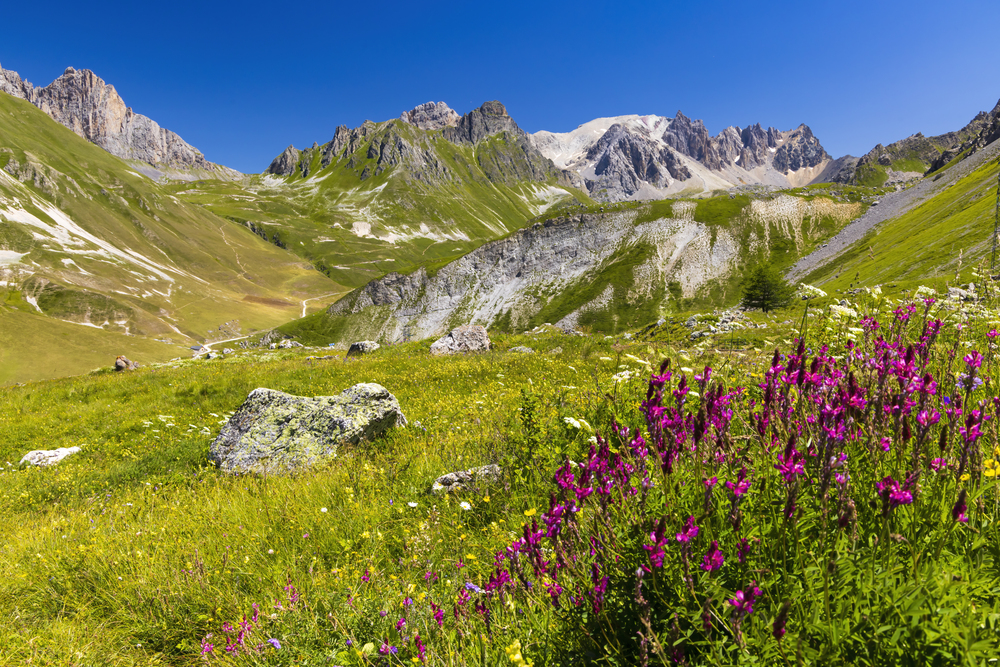
This high-altitude site in the French Alps presents experienced pilots with challenging yet rewarding flights. The launch point sits at an impressive 8,700 feet, offering some of the longest possible descents in France.
Strong thermal activity during summer months allows for extended mountain soaring and cross-country flights. The barren alpine landscape creates a stark contrast with the green valleys below.
The site’s proximity to several famous Tour de France routes adds a layer of sporting history to the flying experience.
Like Travel Pug’s content? Follow us on MSN.
Dune du Pilat
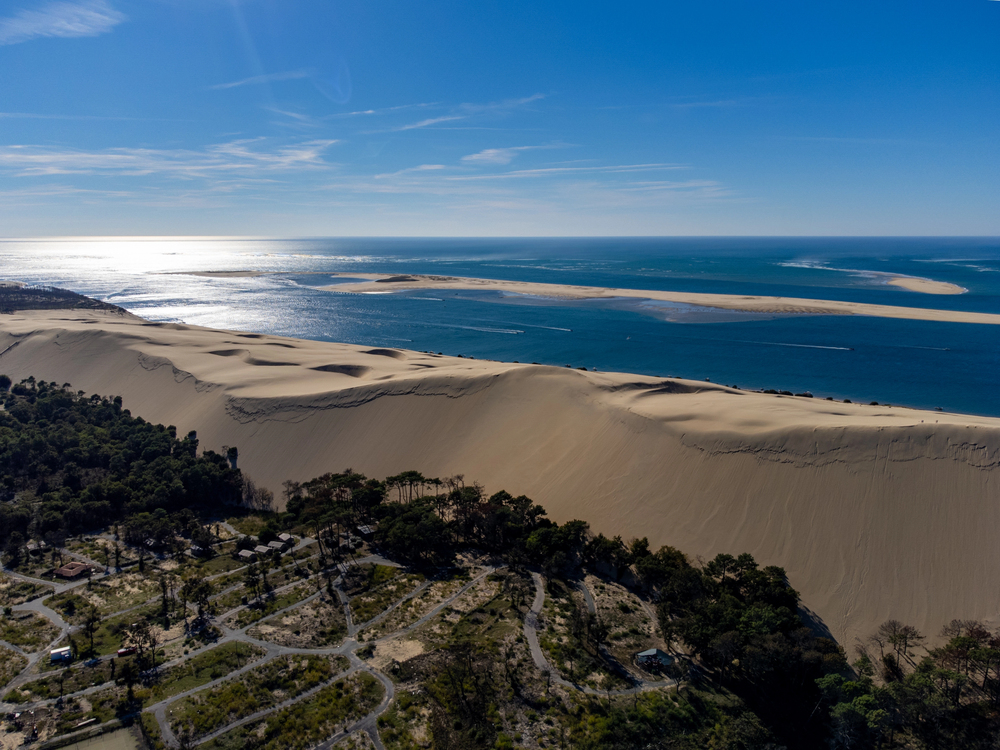
The tallest dune in Europe provides a unique coastal paragliding experience along the Atlantic shore. Rising 374 feet above sea level, the dune creates perfect conditions for ridge soaring with consistent sea breezes throughout the year.
The contrast between the deep blue Atlantic Ocean and the golden sand creates a mesmerizing backdrop for flights. Pine forests stretch inland as far as the eye can see, while the Cap Ferret peninsula curves gracefully to the north.
The combination of ocean, sand, and forest makes this site particularly photogenic during early morning flights.
Col d’Izoard

This historic Alpine pass offers remarkable flying opportunities amid stark lunar-like landscapes. The launch site at 7,500 feet provides access to strong thermal conditions during summer months, with flights possible well into the evening.
Distinctive rock formations known as ‘casses désertiques’ create an otherworldly flying environment unlike anywhere else in France. The surrounding Queyras Regional Nature Park adds splashes of green to the otherwise mineral landscape.
The site’s relative isolation means pilots often have the skies to themselves, especially during weekday flights.
Saint-André-les-Alpes
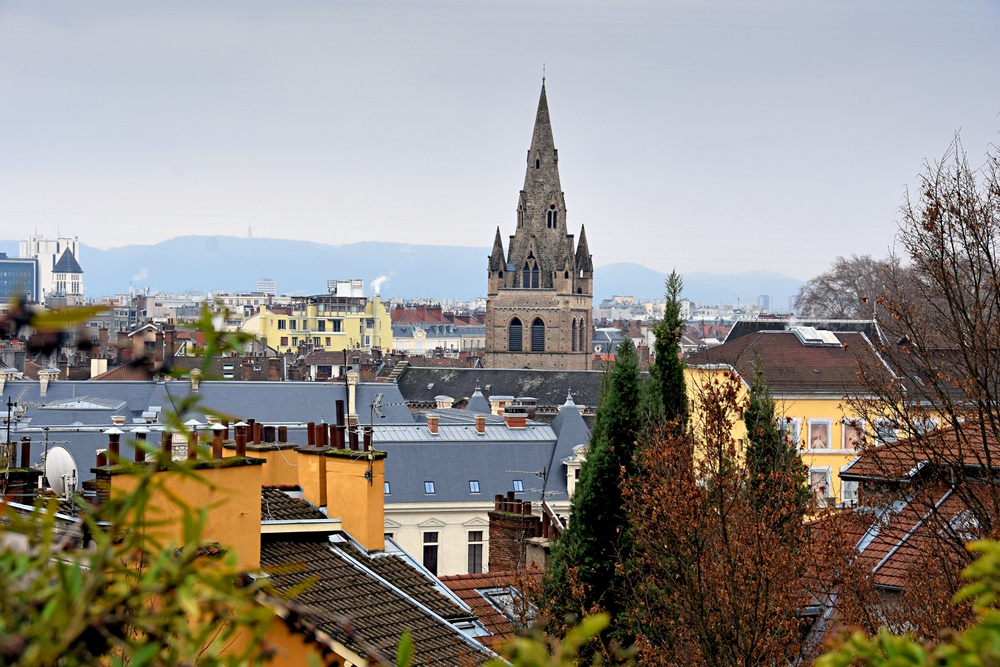
The reliable weather patterns and stunning mountain scenery make Saint-André a premier cross-country flying destination. The main launch site overlooks the turquoise waters of Lac de Castillon, surrounded by peaks reaching over 8,000 feet.
The area’s microclimate creates exceptional thermal conditions from spring through fall, with summer bringing the possibility of flights exceeding 60 miles. The preserved medieval villages dotting the landscape provide fascinating aerial perspectives of historical architecture.
The convergence of alpine and Mediterranean climates creates unique flying conditions and varied landscapes.
Like Travel Pug’s content? Follow us on MSN.
Mont Ventoux
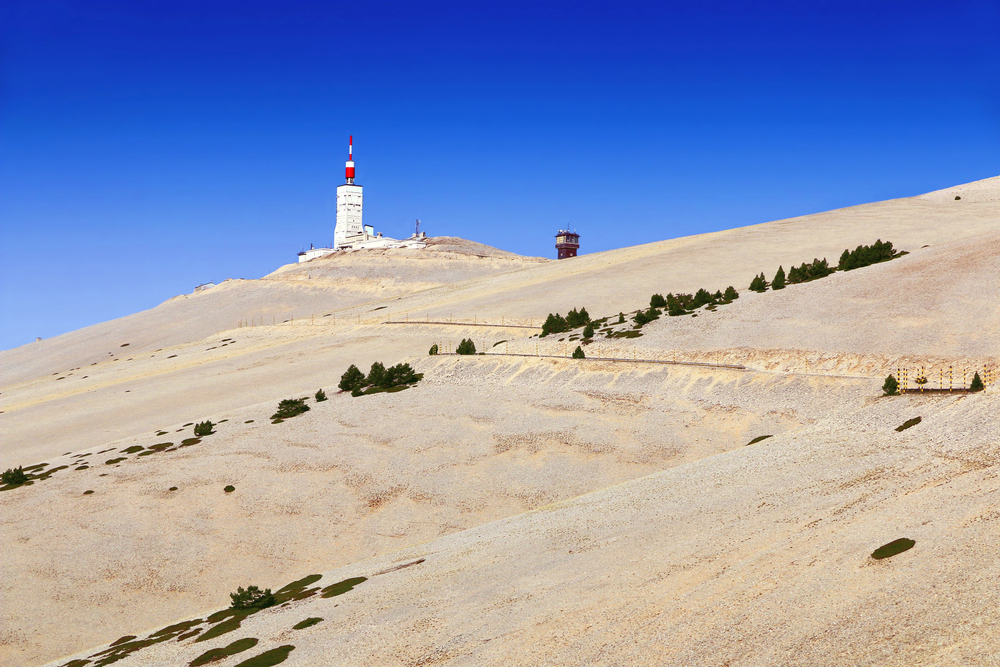
Known as the ‘Giant of Provence,’ Mont Ventoux offers spectacular flying above its distinctive white limestone summit. The launch site at 6,200 feet provides views stretching from the Mediterranean Sea to the Alps on clear days.
The mountain’s unique microclimate creates strong thermal activity, particularly during summer afternoons. Lavender fields below create purple patches in the landscape during July, adding to the visual spectacle.
The bare limestone peak contrasts dramatically with the forested lower slopes and agricultural plains.
Saint-Lary-Soulan

This Pyrenean paradise offers high-mountain flying with views spanning the French-Spanish border. The take-off at Pla d’Adet sits at 5,900 feet, providing access to both gentle valley winds and strong mountain thermals.
The site offers year-round flying opportunities, with winter providing unique views of snow-covered peaks. The surrounding national park hosts diverse wildlife, including soaring raptors that often share thermals with pilots.
The traditional mountain villages below offer convenient landing zones amid picturesque settings.
Roquebrune-Cap-Martin
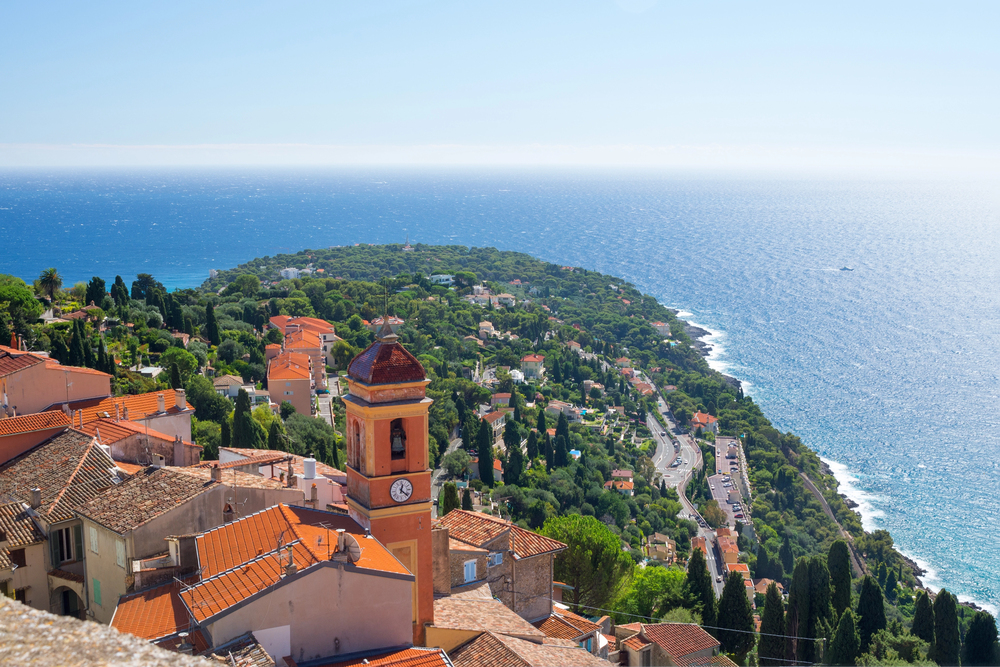
The Mediterranean coastline provides a stunning backdrop for flights from Mont Gros, rising 2,700 feet above the sea. Pilots enjoy panoramic views of Monaco’s glittering cityscape, the Italian Riviera, and the endless blue Mediterranean.
The site offers year-round flying opportunities thanks to reliable sea breezes and thermal conditions. Ancient olive groves carpet the slopes below, while luxury yachts dot the azure waters of the coast.
The medieval village of Roquebrune adds historical interest to the already spectacular views.
Like Travel Pug’s content? Follow us on MSN.
Menton
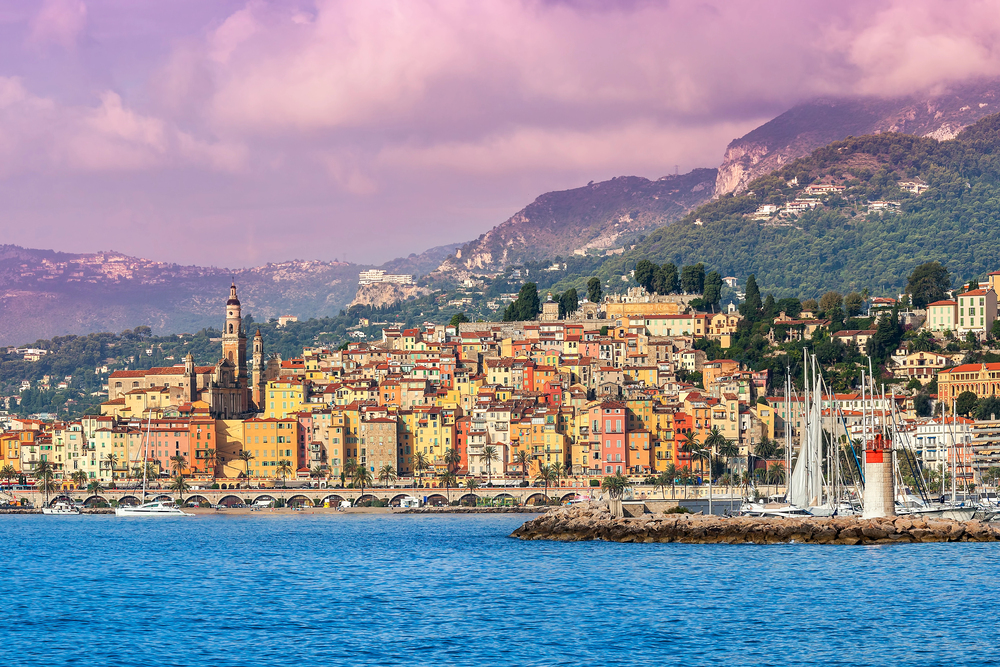
Rising above France’s southernmost coastal town, the launch site offers unique cross-border flying experiences. The take-off point at 2,500 feet provides stunning views of three countries: France, Monaco, and Italy.
Mediterranean air masses create reliable flying conditions throughout the year, with particularly smooth conditions during morning flights. The terraced gardens and citrus groves below create a patchwork of green against the coastal backdrop.
The Belle Époque architecture of Menton provides a stunning foreground to the maritime Alps beyond.
Col de la Cayolle
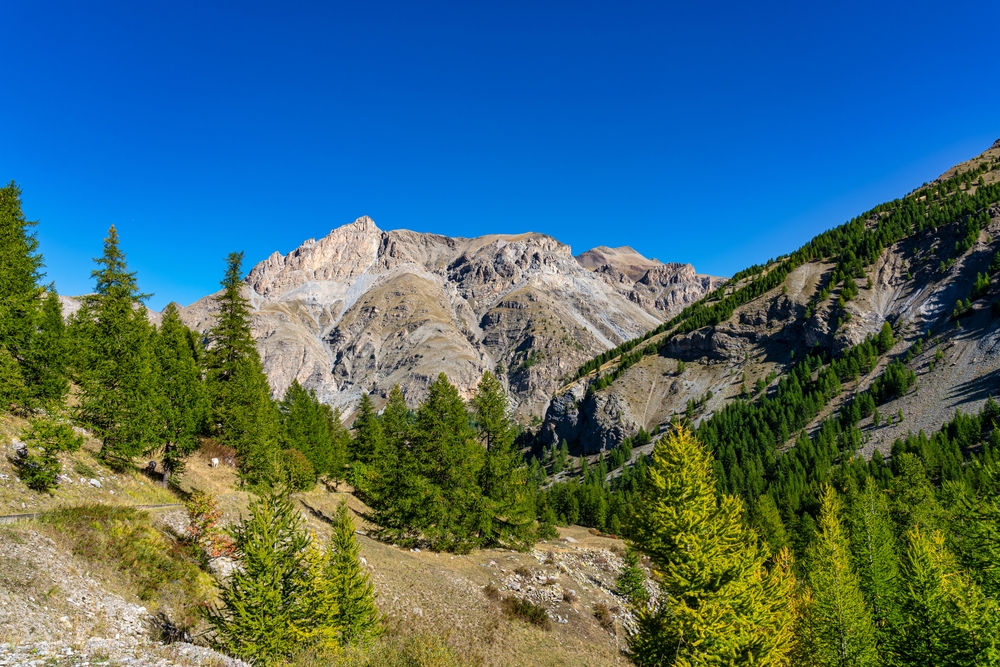
This high alpine pass in the Mercantour National Park offers pristine wilderness flying. The launch site at 7,700 feet provides access to some of the most untouched landscapes in France.
Summer months bring strong thermal activity, allowing experienced pilots to explore deep into the park’s territory. The site offers glimpses of rare wildlife, including ibex and chamois, on the rocky slopes below.
The nearby Allos Lake, the largest natural high-altitude lake in Europe, creates a stunning blue mirror amid the rocky peaks.
Val-Louron
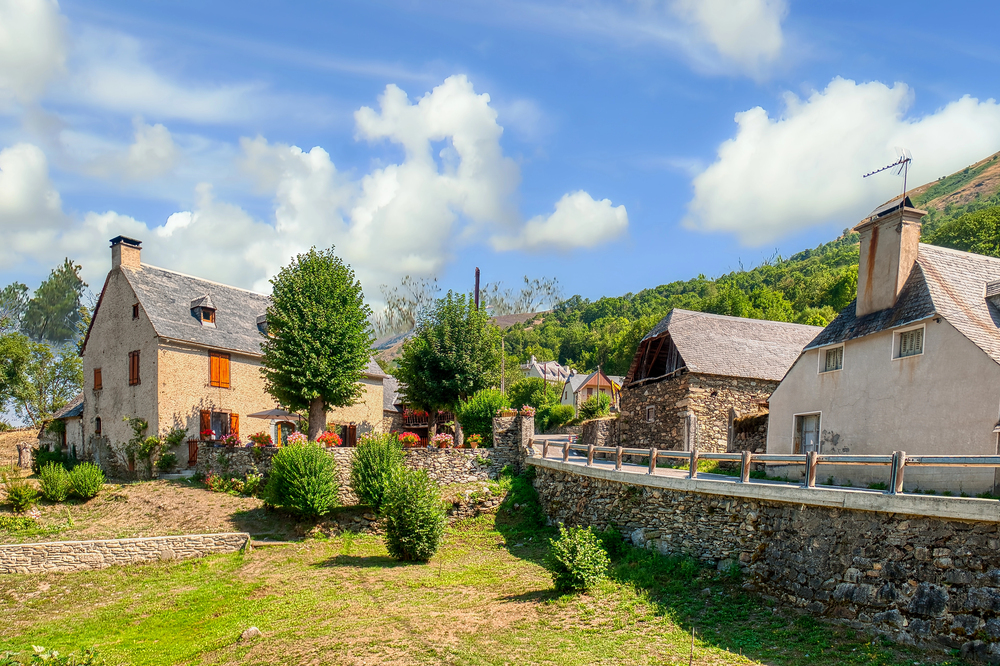
This Pyrenean gem offers peaceful flying away from the more crowded Alpine sites. The launch point at 5,400 feet provides excellent views of the Louron Valley and surrounding peaks.
The area’s unique valley configuration creates reliable flying conditions from spring through fall. Traditional slate-roofed villages pepper the green valley floor, creating perfect photo opportunities.
The site’s western location offers particularly spectacular sunset flights with golden light on the peaks.
Like Travel Pug’s content? Follow us on MSN.
Les Saisies
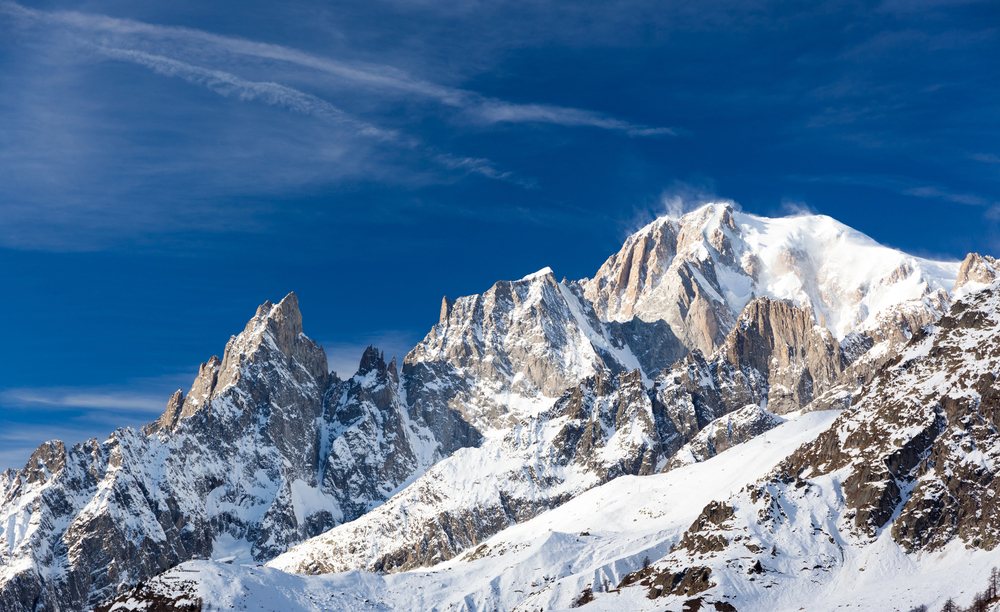
This winter sports resort transforms into a paragliding haven during the summer months. The take-off at 6,100 feet offers panoramic views of Mont Blanc and the Beaufortain massif.
The gentle terrain below provides safe landing options, making it ideal for pilots of all skill levels. Alpine meadows burst with wildflowers during summer flights, creating carpets of color below.
The traditional Beaufort cheese-making chalets add cultural interest to the natural spectacle.
Col d’Allos
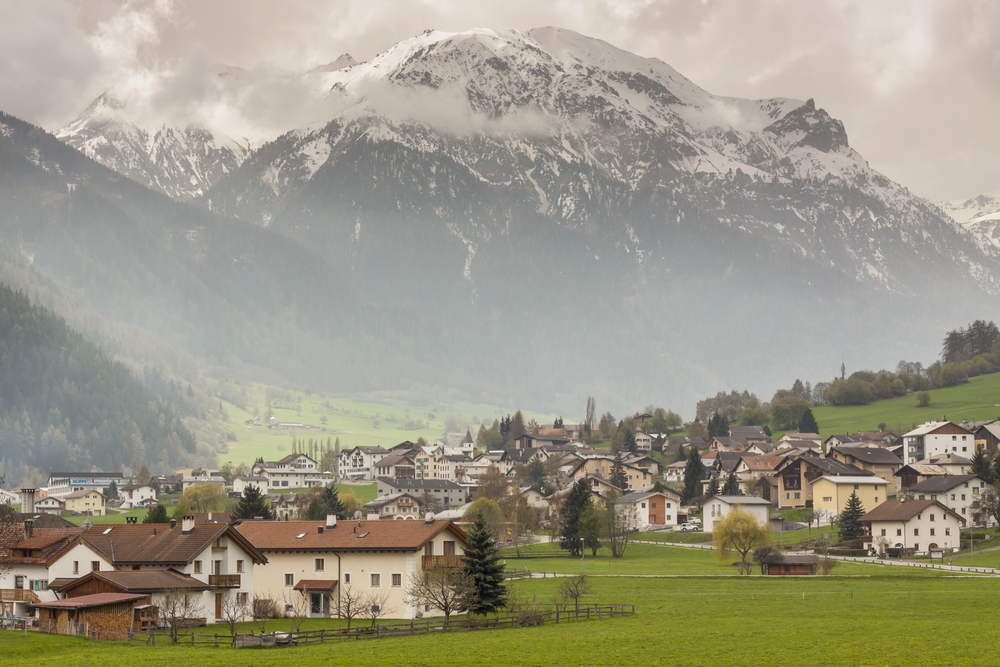
This southern Alpine site combines high mountain flying with Mediterranean influences. The launch at 7,200 feet overlooks the historic Route des Grandes Alpes, offering views stretching to the Mediterranean on clear days.
Summer afternoons bring strong thermal activity, allowing extended flights along the surrounding ridges. The Verdon River carves through the landscape below, creating dramatic gorges and valleys.
The site’s location at the intersection of alpine and Mediterranean climates creates unique flying conditions throughout the season.
Gourdon
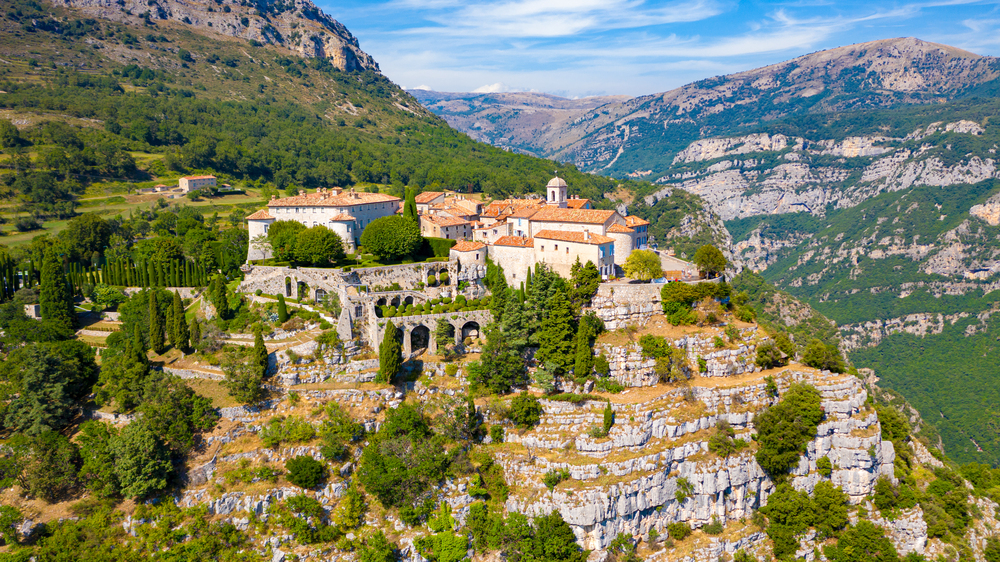
Perched above the French Riviera, this medieval village provides a dramatic launch point for coastal mountain flights. The site sits at 2,300 feet above sea level, offering views from Nice to Cannes and across the Mediterranean.
The limestone cliffs create reliable lifts throughout the year, with particularly smooth conditions during morning flights. The perfume fields of Grasse below add subtle fragrances to early summer flights.
The combination of mountain and maritime air masses creates unique flying opportunities for experienced pilots.
Like Travel Pug’s content? Follow us on MSN.
La Plagne
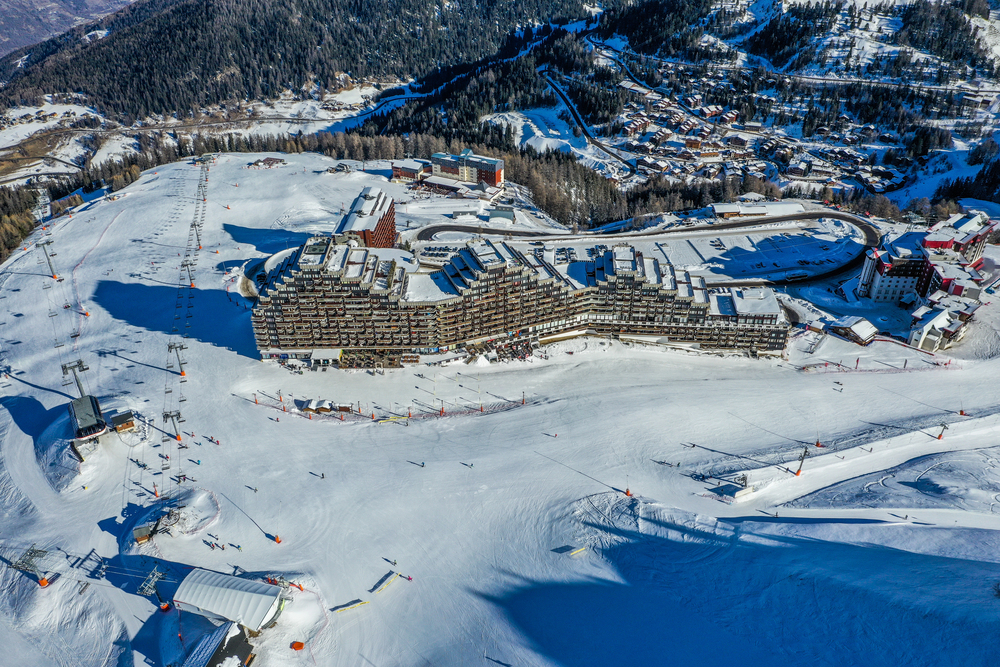
The Tarentaise Valley offers extraordinary flying opportunities amidst some of France’s highest peaks. The launch site at 7,500 feet provides access to the heart of the Vanoise National Park and its glaciated peaks.
Summer flying brings the possibility of sharing thermals with soaring eagles and other alpine birds. The region’s hydroelectric dams create stunning turquoise reservoirs that contrast with the rocky terrain.
The preserved alpine architecture of surrounding villages adds cultural interest to the natural spectacle.
Font d’Urle
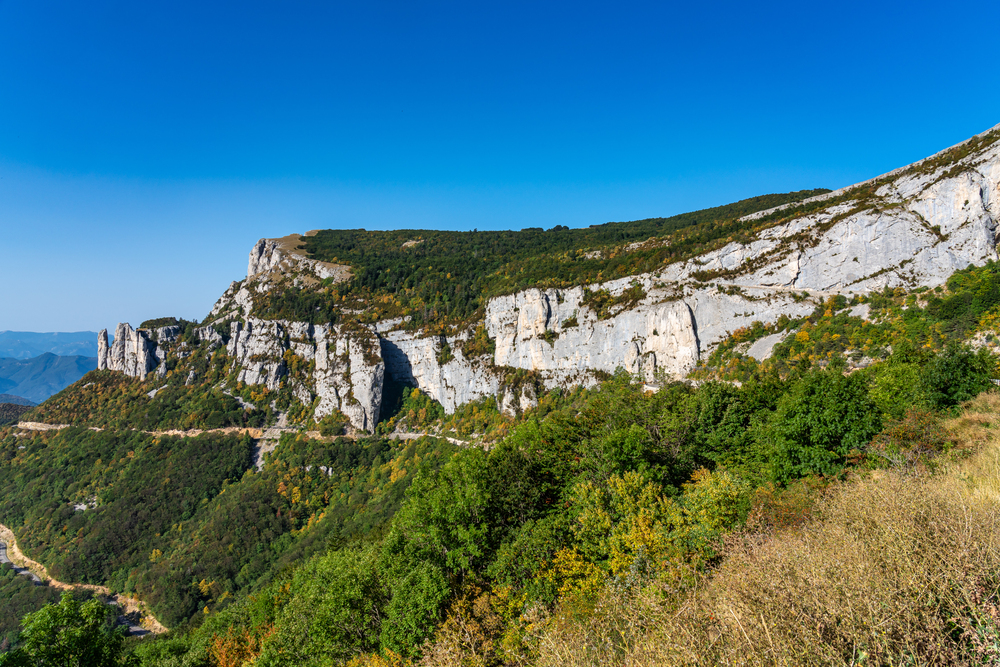
The Vercors plateau provides unique flying opportunities above one of France’s largest natural fortresses. The take-off at 5,600 feet overlooks dramatic limestone cliffs and deep gorges characteristic of this karst landscape.
The site’s particular geography creates reliable spring and summer thermals, perfect for cross-country flights. The surrounding nature reserve protects rare alpine flora visible during low flights.
The remains of ancient shepherds’ paths crisscross the plateau below, telling stories of traditional mountain life.
Col de Vars
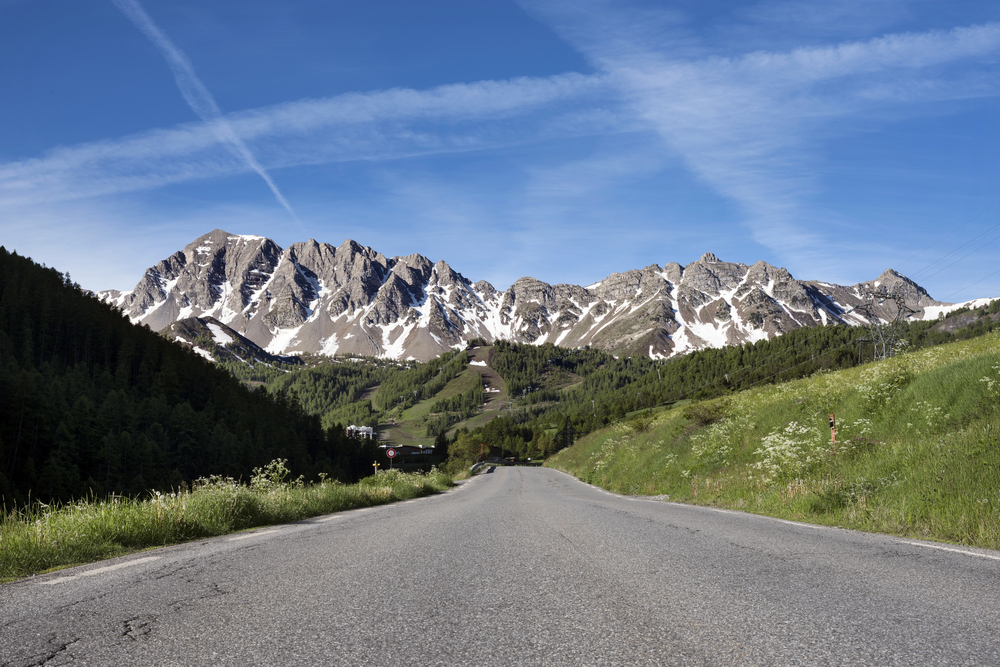
This strategic pass in the southern Alps offers remarkable high-altitude flying experiences. The launch site at 7,800 feet provides access to both the Queyras and Ubaye valleys, with their distinctive landscapes.
The area’s relatively dry climate ensures excellent flying conditions throughout the summer season. Ancient fortifications dot the surrounding peaks, remnants of France’s alpine military history.
The remote location means uncrowded skies and pristine flying conditions, especially during weekday flights.
Like Travel Pug’s content? Follow us on MSN.
Soaring Through France’s Skies
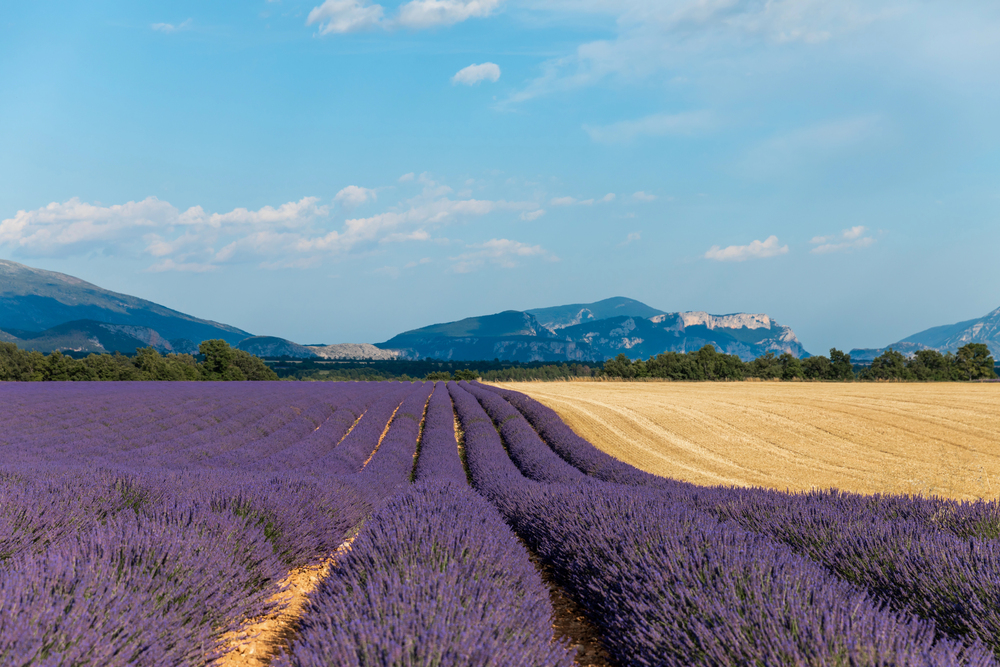
The diversity of France’s paragliding sites reflects the country’s varied geography, from coastal cliffs to alpine peaks. These locations not only offer technical flying challenges but also provide unique perspectives on France’s natural and cultural heritage.
Modern paragliding technology allows pilots to access these stunning viewpoints while preserving these pristine environments for future generations. The continued development of launch sites and facilities ensures these aerial adventures remain accessible while maintaining their wild character.
More from Travel Pug

- 20 Towns Built for One Purpose That Were Later Abandoned
- 15 Hidden Spots in Disney World’s Magic Kingdom Most Visitors Miss
- 15 Most Scenic Walks Anywhere in The World
- 15 Canyons in the U.S. That Are Just as Stunning as the Grand Canyon
- 10 Under-the-Radar Mountain Towns That Are Both Affordable and Beautiful
Like Travel Pug’s content? Follow us on MSN.
